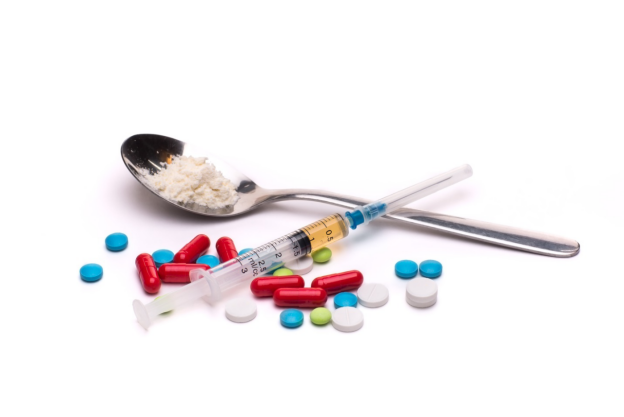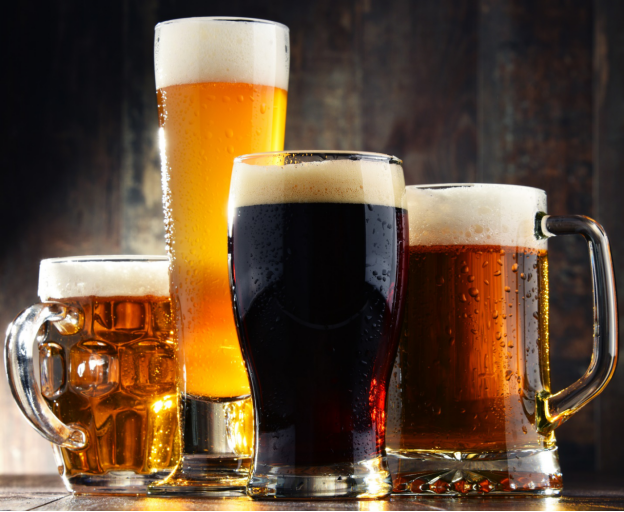Cocaine and heroin are among the most potent and extensively used illicit drugs in the world with deeply addictive and destructive potential. When we think of these drugs, we usually think of individuals having either cocaine or heroin addiction, whereas in reality the practice of taking more than one substance at the same time – known as polydrug use – is on the rise.
Individuals typically start polydrug use by combining substances to enhance the effects of one or both of them. A very common combination of drugs in polydrug use is cocaine and heroin and in fact, the practice has become so widespread that it now has its own street name: “speedballing.” When speedballing, polydrug users take heroin to extend and enhance cocaine’s short-term effects to avoid the crashing come down, essentially by replacing it with opiate-induced euphoria.
The Health Risks of Speed Balling with Cocaine and Heroin:
Although the effects of speedballing are extremely pleasurable and compelling to users, it is incredibly dangerous. Both heroin and cocaine have significant health risks separately but when used in combination and injected at the same time, these risks are heightened considerably. According to the Center for Disease Control and Prevention and depending on the US state studied, around 36.9% to 98.9% of heroin-related deaths involve other substances.
There are few activities in life that have the potential to be more deadly than speedballing and yet it is now a significant issue. Young people experimenting with substances are increasingly being encouraged to participate in speedballing without being fully aware of the risks.
Let’s take a look at the differences between cocaine and heroin when used on their own:
Heroin:
Heroin is made from an extract of the opium poppy and it has been used for hundreds of years as pain relief for significant trauma. The way heroin works are by flooding the brain with euphoria-creating dopamine so as to “trick” the mind into ignoring pain signals from other parts of the body. The euphoria created by heroin is considered the reason it is highly addictive, as it immobilizes the body in the most pleasant way so that the only thing a user can do is lay back and enjoy the feeling.
One of the most common ways people develop heroin addiction is by becoming tolerant to its effects, which can happen very quickly after they start using the drug. When the euphoria they seek starts to wane when taking their usual amount of the drug, they will simply up the dose. After a very short while of this addictive behavior, the body will start to develop cravings for heroin every time the user comes down from their high. Some of the withdrawal symptoms emerging if cravings for heroin are not satisfied can be extremely unpleasant and so more of the drug is needed to make them go away.
Cocaine:
The kind of high cocaine creates depends on the way it’s taken, which is generally by snorting or injecting. The effects of cocaine are generally short-term, lasting around 40 minutes and they are quite opposite to those of heroin. Cocaine is a stimulant that makes users feel a rush of energy, often making them the life and soul of the party. Whereas heroin immobilizes, cocaine stimulates and while on a high from the drug, users tend to talk at a fast pace, enjoying everything around them in an animated way.
Cocaine is equally as addictive as heroin although it has a very different kind of appeal. Some people become socially dependent on the drug before going on to developing an addiction, using cocaine as a prop to boost confidence. However, as with heroin, cocaine has a negative impact on the brain’s function, which can introduce extra challenges for people seeking to overcome cocaine addiction in heroin and cocaine addiction treatment.
The risks caused by speedballing with cocaine and heroin include the following:
- Whereas heroin stimulates the brain’s production of endorphins, cocaine prevents them from being reabsorbed naturally. This eventually erodes an individual’s ability to enjoy the simplest pleasures in life unless substance abuse is involved.
- Cocaine is the only drug with the potential to hyper-stimulate the body to the point where the user suffers a stroke. When used in combination in heroin, it is not possible to detect that this is happening and there is a risk of suffering a stroke without any warning and possible death.
- The effects of cocaine do not last for as long as heroin and so speedballers tend to use more cocaine to prolong their high. This is incredibly dangerous and places the individual at risk of a fatal heart attack.
- Heroin has a powerful effect on the central nervous system, slowing down its functions when a person is under influence including the heartbeat and breathing. If there is not enough oxygen reaching the brain because a person’s breathing has become shallow after taking heroin, there is a high risk of brain damage or death.
- Because cocaine is a stimulant, it reduces some of the effects of heroin if taken at the same time. This can mask the warning signs of heroin overdose which include: confusion, dizziness, slurred speech, body limpness, and unconsciousness.
Cocaine and Heroin Addiction Treatment for Speed Balling:
Addiction is an illness that can be treated so that individuals can move on from substance abuse and enjoy a life in sobriety. Although challenging, the path through detox, rehab, and recovery on a cocaine or heroin addiction treatment program introduces individuals to a world outside of substance use, motivating them to make the necessary changes to overcome their illness.
Because of the potency of heroin and cocaine independently, people speedballing face significantly more risks from substance abuse than those abusing one type of drug. The effects on a person’s personality, behavior, and psychological state can be extended with both substances which is why holistic therapies such as those offered at the best heroin and cocaine addiction treatment centers are now commonly available as a cocaine and heroin addiction treatment approach. Through learning skills such as meditation and yoga or becoming physically fit through a structured exercise regime, individuals can move on from the difficulties in their lives cause by heroin and cocaine addiction.
Read Also:






















